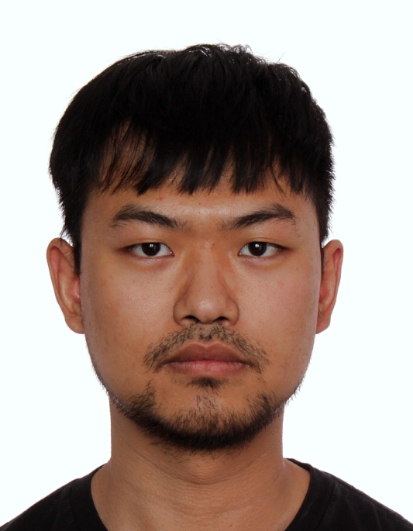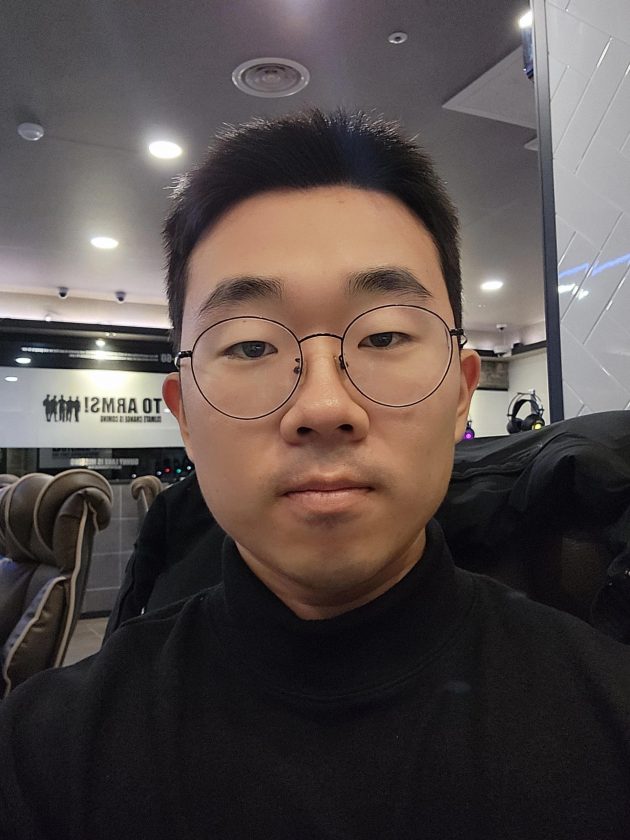Meet Rashid Tagirov, Exterior Designer at Peugeot, Paris. Rash is a keen observer. He absorbs surroundings as he feels it helps to create unique symbiosis between style and skills.
He’s been soaked up with work, yet he squeezed-in time for an interview. Please scroll down and see what the designer has to say about himself:
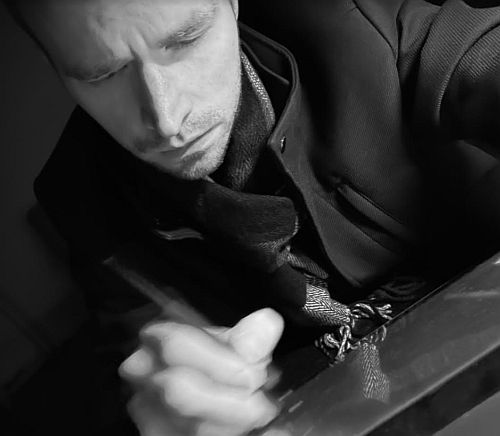
Please tell us about your job at Peugeot? And how is Peugeot looking towards the future?
I cannot tell much due to confidentiality, but I work on production and advanced projects at the same time.
What is great, this approach helps to keep your eye fresh and grows your motivation from project to project.
At Peugeot, each designer can propose his/her vision of the brand, I would say – everything is open and flexible. Our team is relatively small and we help each other during the process so there this is not like the “one project – one designer” thing. Everyone can contribute to the project at different stages.
How do you come up with such perfect free hand drawing/shading and detail in all your sketch work?
In my view, it all comes together at one moment. After several internships, hundreds of conversations with professional designers, your commitment, “sacrificing” your free time for sketching and design brainstorm practice.
At the same time, style and skills come from following your favourite CG artist, designers, creators.
Absorbing everything that you see around, try to create your unique symbiosis. And usually, it develops by itself year to year.
Sketching and design thinking such skills you have to practice regularly. Otherwise, there is a risk to lose them.
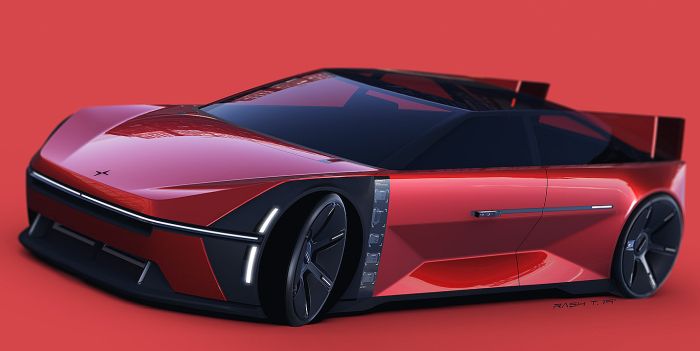
While sketching a new vehicular design, do you have to think years ahead to what rival designs might look like?
Knowing how fast the industry is changing, you never know what’s next. So, I focus on something I love and design the car that won’t go out of style after 5-10 years.
I would say that almost every car designer in the world has their own “make up car brand” (or a real one, if they manage to create one from scratch, of course). In every design competition we try to sell these imaginary cars to the company we work for.
What do you find the most interesting part of working on the exterior of an automobile?
The fun part is trying to make a great looking car on the worst package with small wheels and long overhangs. Pure pleasure and super challenging!
Also, to be a part of the car development process. It’s such a great feeling to see how the sketch you draw became 3D and then milled into a full-size model.
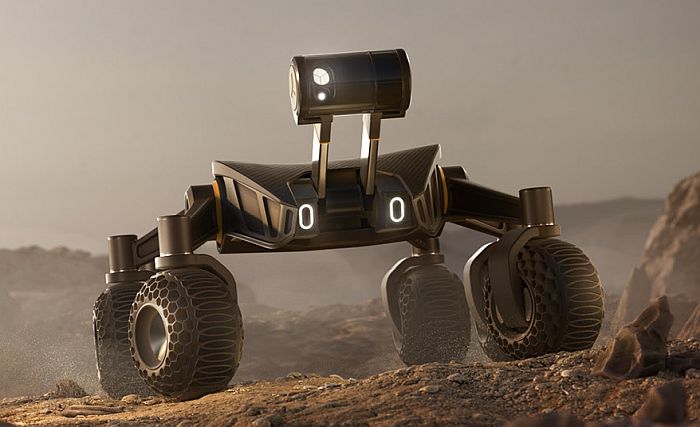
What constraints are there in the industry that prevent people from trying out new ways of working?
Happy to work at the company, where I cannot see any problems proposing or using new ways of making stuff.
It gets appreciated by managers and design leads. But in general, I think it is coming from habits, already established and time-tested ways of work. Sometimes people don’t want to take risks and leave their comfort zones.
How has your personal workflow evolved from being a student to now being a professional designer?
I learned how to work in a big team, which you cannot learn at design school. Social and soft skills are essential. It is 50 per cent of the success in the car design industry, in my view.
Besides, I became more efficient and quicker, sometimes deadlines are coming from nowhere, but we have to deliver the work no matter what.
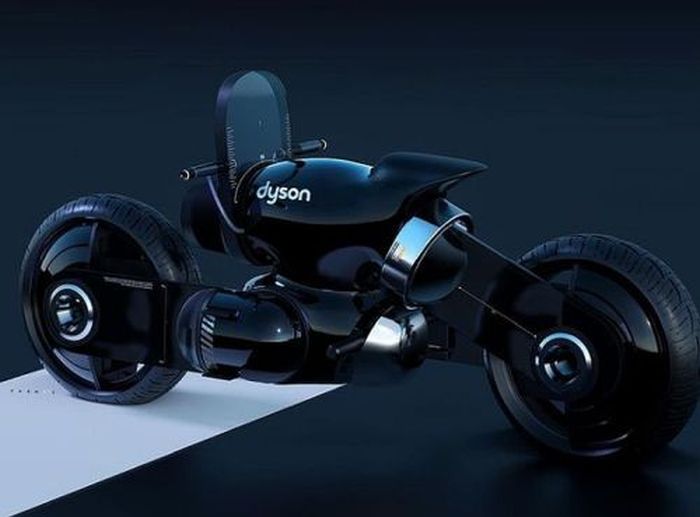
Which project(s) anywhere in the world do you consider exemplary?
I always reference as examples of cool projects which are coming out of my school – Hochschule Pforzheim. Every year students move the bar higher and higher in terms of quality and creativity.
Someone comes up to you and says, “I want to be just like you. I wanna be an automotive designer”. What advice would you give?
It starts with an acceptance that car design will be part of your life, needs a lot of effort to give. The car design industry is crazy competitive these days, not that many TD students standing out from the crowd of average.
Work hard, knowing what you do and why. Be confident about your ideas and never give up. Enjoy the process and have fun.
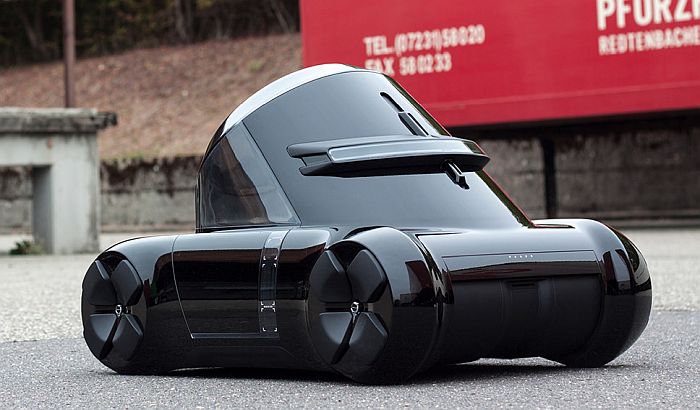
Thank you Rash for the interview. You have remarkable insights; we look forward to visit you again and see more of your creative effort. Till then, we wish you all the very best for your future endeavor

